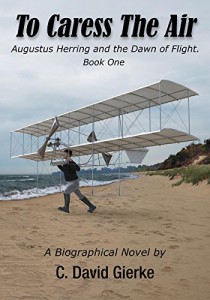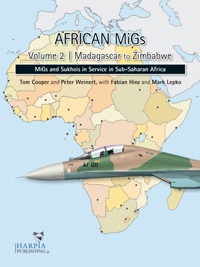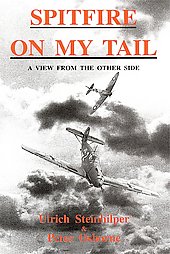With the passage of time, the reliable Douglas DC-9 has proven to be a venerable aircraft. In a milieu when machines are readily discarded, often on the fickle whim of passing fads, the DC-9 is still flying.
Douglas DC-9/MD-80 is a very good visual portrayal of the different series of the Douglas DC-9. The book highlights the many variants of this marvelous airliner and points out the differences among the airplanes. What the book lacks in textual explanations, it more than makes up by showcasing the airplanes in colorful pictures that contain instructive captions.
Introduced in 1965, the DC-9 series 10, the first of these adaptable, rear-mounted, twin-engine aircraft, was designed for intermediate routes. The “baby nine” – as this airplane is often referred to – was a seventy-nine passenger airplane that would supplant the over 1,200 propliners that were still in operation in the mid-1960s. 137 DC-9 10 were built. The DC-9 10 was conceived as Model 2086, and was designed to be “stretched” in the future, when more powerful engines became available. This kaleidoscopic thinking proved highly effective and commercially viable. The flexibility to be stretched, thus modified, is perhaps what has made the DC-9 such a durable and versatile aircraft.
The Douglas Aircraft Company was formed by early aviation pioneer, Donald W. Douglas, Sr., in 1921. Douglas was an aeronautical engineer and industrialist. The Douglas Aircraft Company merged with McDonnell Aircraft, which is best known for creating the fighters F-4 Phantom II, F-101 A Voodoo and the Mercury and Gemini space capsules, in 1967. The new company came to be known as McDonnell Douglas until it merged with Boeing in 1997.
The DC-9 was stretched for the first time in 1966. The new DC-9 was known as the DC-9 30 and was about fifteen feet longer than its predecessor. The many variations of the DC-9 have become a testament to the longevity of this reliable aircraft. The DC-9 morphed into the 20,30,40 and 50 series, in addition to later being known as the MD-80, Md-87, MD 90 and B717-200. The B717-200 was named after McDonnell Douglas merged with Boeing. Along the way, the engineers enhanced the basic characteristics that made the first and second generation of the DC-9 such a fine aircraft.
In the late 1970s McDonald Douglas began to modify the DC-9 with a view toward the 1980s, thus the airplane was stretched once again and named the MD-80. Throughout the 1980s the MD-80 saw further revisions that resulted in the “short” and “screwdriver” tail; the development of the MD-87, whose length is shorter than the MD-88, the MD-90-30 and finally the MD-95, which Boeing re-named the B717-200.
It is ironic that the DC-9, post the McDonald Douglas merger with Boeing, should be, along with the Boeing 737-100, a wing-mounted, twin-engine aircraft that entered airline service in 1968, the two most versatile and durable airliners dating back to the 1960s that are still in service today. These airplanes were once considered competitors by their respective manufacturers. Both airplanes were designed with the ability to fly into small airports. The DC-9 and Boeing 737 were instrumental in offering greater commercial aviation access to smaller communities. Because both airplanes are narrow-body jets, the intimacy of flight is preserved without the play to the crowd appeal of today’s wide body behemoths.
Being under the impression that hardcore aviation enthusiasts find solace in historically and technically accurate, and well-written aviation books; it is the opinion of this writer that aviation books serve as colorful and vivid archives of man’s history worth preserving.











Leave a Reply